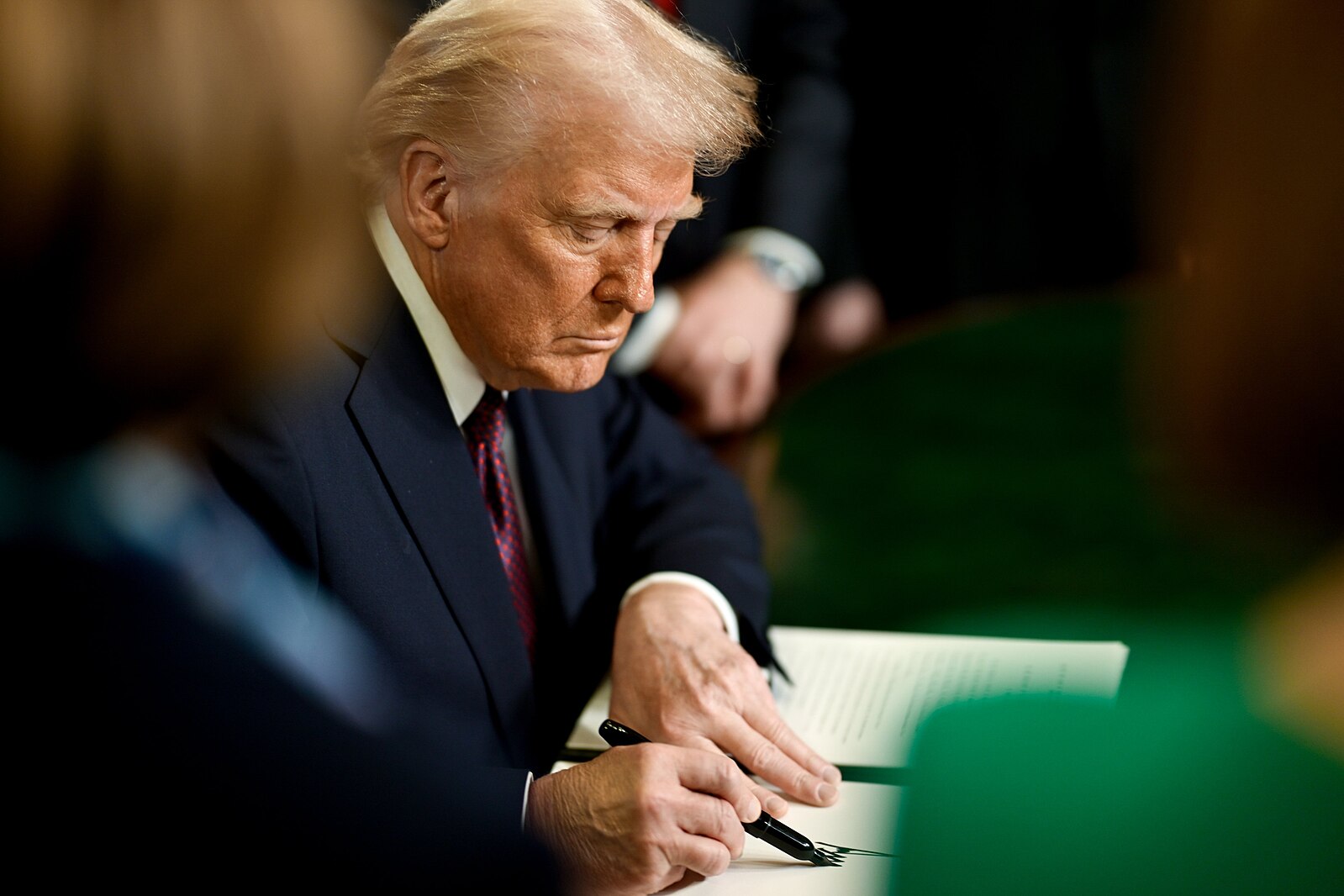Changing employee expectations about diversity and inclusion, respect in the workplace, and ethical business practices are a source of uncertainty and conflict for many organizations. Employees are self-organizing in opposition to organizational policies and behaviors they see as unacceptable in an evolving culture. While some organizations are dealing effectively with internal social unrest, every move seems to escalate the conflict for others. The chaos at Base Camp is a recent cautionary example.
Leaders have a lot of impact here, and leadership skills, mindsets, and behaviors are important to building resilient and inclusive cultures. But there’s something else we’ve noticed about what organizations at the top of our Respect and Inclusion benchmarks do differently from those at the bottom: learning and development are central to the actions they are taking to build a resilient and inclusive culture.
Healthy vs Unhealthy Workplace Environment
For companies where a majority of employees report a healthy workplace environment, those at the top of our social capital benchmarks, their approach to building respect, inclusion, and ethical behaviors are ongoing, and the L&D function tends to be at the center of those efforts. These organizations view a healthy culture as something that is driven more by skills than rules. As a result, their programs and curriculum anticipate and adapt to social change and help expand employee and leader awareness, and establish shared, prosocial norms of behavior.
Companies where most employees report an unhealthy workplace environment – those at the bottom of our social capital benchmarks – often dealing with headline-grabbing culture failures like public claims of harassment or discrimination – are more often in crisis management mode. Their response to social change is more siloed in separate compliance, DEI, and employee relations functions. They’re focused on employee communications and policy updates. They often lack a strong connection between these functions and employee onboarding and leadership development skill-building efforts.
L&D as the Connector Across Functions
When L&D is present as a connective tissue across the business functions responding to social change, there tends to be a more long-range, proactive mindset. L&D professionals bring a discipline and skill set that is invariably focused on growth and behavior change, and their developmental mindset necessarily points away from performative quick fixes.
Whether a strong, connected L&D function is the cause of healthier culture or an effect of enlightened leadership is unclear. Still, the correlation between engaged L&D and a healthy response to social change is strong. If you’re an L&D leader, get involved with your organization’s efforts in DEI, compliance, and employee relations. If you’re a business leader responding to employee dissatisfaction with social norms in your organization, get the long-range perspective of your L&D team on how to build the skills that build resilience and healthier social interactions.
Check out the latest white paper on Building Organizational Health in the Modern Economy to learn more!










